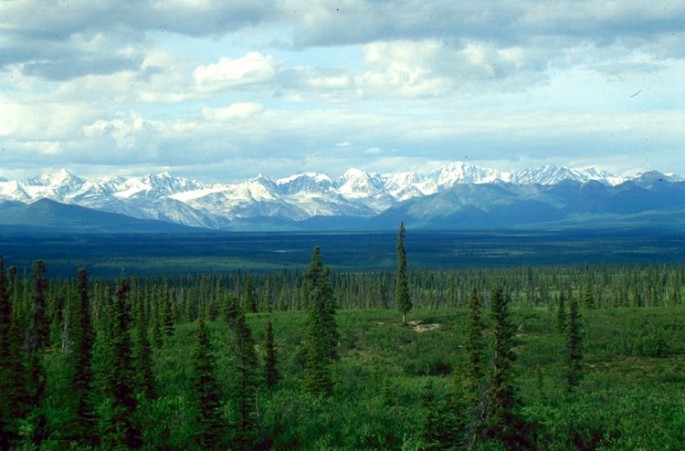During the onslaught of climate change, boreal forests are now experiencing its devastating effects as temperatures rise to 5 degrees Celsius every decade where it can reach a potential all time high of 6 to 11 degrees Celsius by the year 2100.
According to Anatoly Shvidenko from the International Institute for Applied Systems Analysis, the boreal forests are now potentially hitting a "tipping point" this century. Adding that there is now an urgent need to focus more on climate mitigation and adaptation that will directly affect these forests and to also view forests around the world with more integration and balanced opinion.
The boreal forests make up 30 percent of the world's entire forest areas that are thriving especially in the northern regions of Alaska, Canada, Russia and Scandinavia. Apart from providing a diverse ecosystem for many plants and animals, the forests also have a crucial role in providing wood products such as lumber and biofuel where the forests also help sustain the planet's atmosphere by removing excess carbon dioxide.
The researchers from the International Institute for Applied Systems Analysis, University of Helsinki and Natural Resources Canada revealed in their study that the climate zones that are observed in the boreal forests are now moving north that is 10 times faster than the trees are able to actually migrate.
Apart from this, climate change also plays a major factor with warmer and drier conditions that are conducive for spreading outbreaks of invasive species that can dramatically change forest conditions.
Shvidenko adds that the forests evolved under colder conditions throughout time where there is not enough evidence about what will be the effects of global warming to the forests and how will they be able to withstand and buffer them.
Researchers are now asking for government and community support to place more focus on the forests' overall conditions to help gain a better understanding of their resilience, adaptive abilities and productivity amidst changing climate conditions. This new study is published in the journal, Science.



























